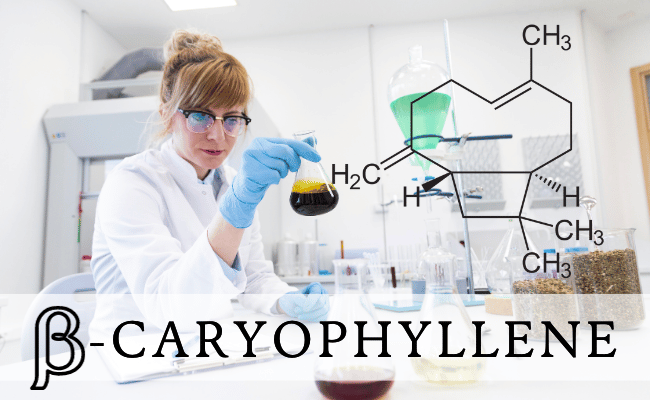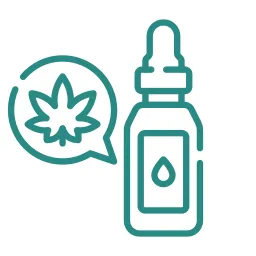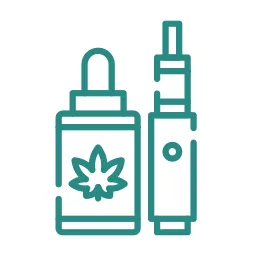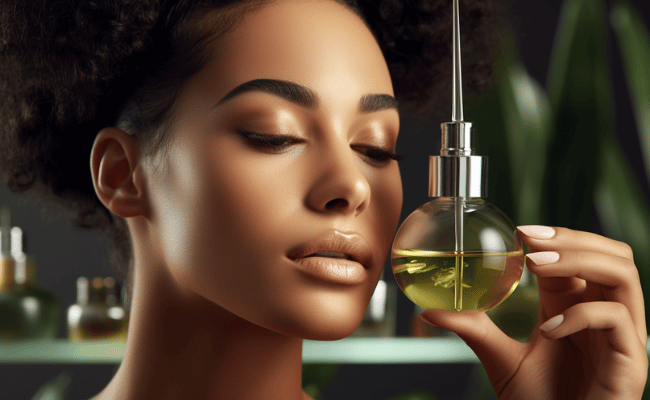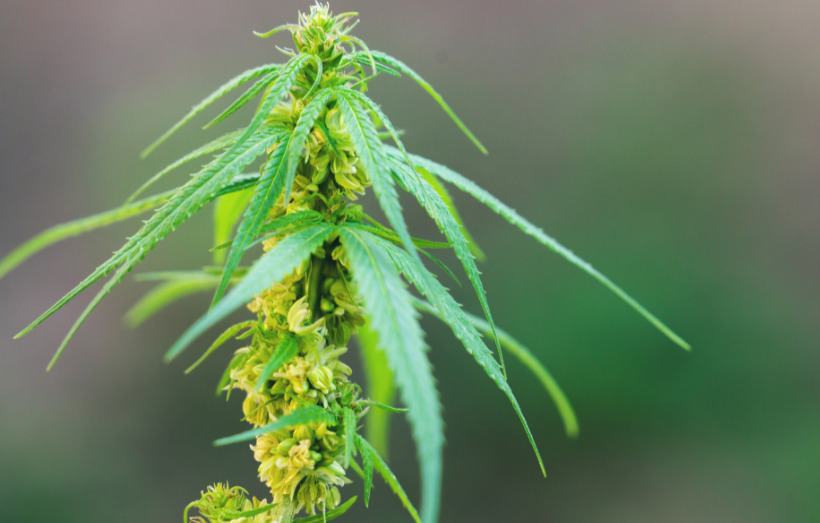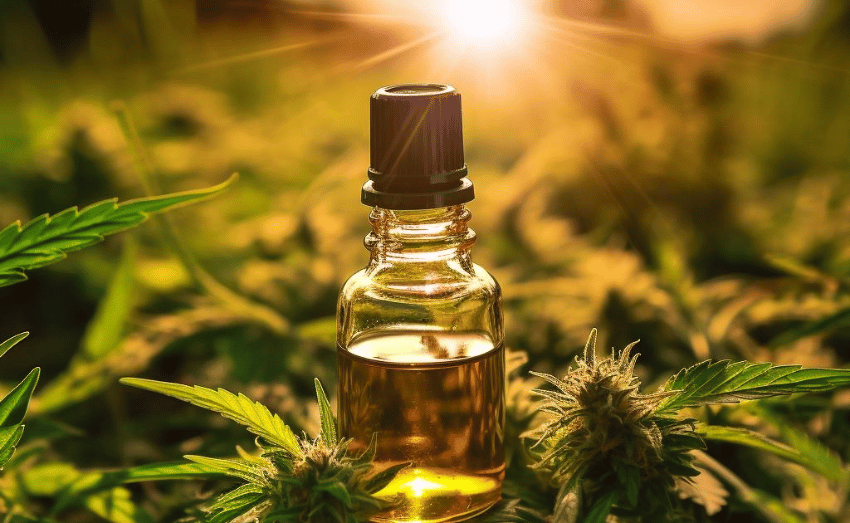Welcome, skincare newbie! Dive into the world of hemp seed oil and discover how it can be a magical elixir for your face. Here’s your easy-to-follow guide to harnessing the benefits of this green wonder.
- What is the Face?
- Facial Care for Different Skin Types
- Incorporating Hemp Seed Oil in Facial Care
- What Is Hemp Seed Oil?
- Why Should I Use Hemp Seed Oil On My Face?
- How to Use Hemp Seed Oil on Your Face?
- Can I Mix Hemp Seed Oil with Other Products?
- Any DIY Masks I Can Try?
- I’ve Got Sensitive Skin. Any Precautions?
- Conclusion
- FAQs
What is the Face?
The face is the front part of the head that extends from the forehead to the chin and includes the mouth, nose, cheeks, and eyes. It plays a crucial role in human expression and communication. Our facial features are one of the first things people notice about us and can reveal our emotions, age, health, and more.
The face is the front part of the head that extends from the forehead to the chin and includes the mouth, nose, cheeks, and eyes. It plays a crucial role in human expression and communication. Our facial features are one of the first things people notice about us and can reveal our emotions, age, health, and more.
Facial Care for Different Skin Types
Understanding your skin type is essential in choosing the right products and skincare routine for your face. There are five main skin types: normal, oily, dry, combination, and sensitive. Each type has unique characteristics and requires a tailored approach to facial care. For example, oily skin may benefit from lightweight, oil-free products, while dry skin may need richer, hydrating formulations.
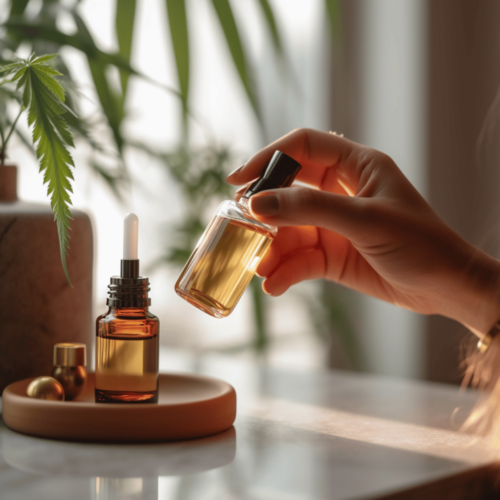
Incorporating Hemp Seed Oil in Facial Care
Hemp seed oil, with its unique properties, can be a beneficial addition to your facial care routine. Its balance of omega-3 and omega-6 fatty acids can help maintain the skin’s lipid barrier, while its anti-inflammatory and antioxidant properties can soothe and protect the skin. However, it’s essential to consider your skin type and individual needs when incorporating any new product into your routine.
What Is Hemp Seed Oil?
Hemp seed oil, a star ingredient in many skincare products, is extracted from the seeds of the Cannabis sativa plant. It’s known for its hydrating and anti-inflammatory properties. But wait, before you get any funny ideas, hemp seed oil is entirely non-intoxicating. So, no, it won’t get you high!
Why Should I Use Hemp Seed Oil On My Face?
Hemp seed oil is nature’s gift to skincare. Here are some verified perks:
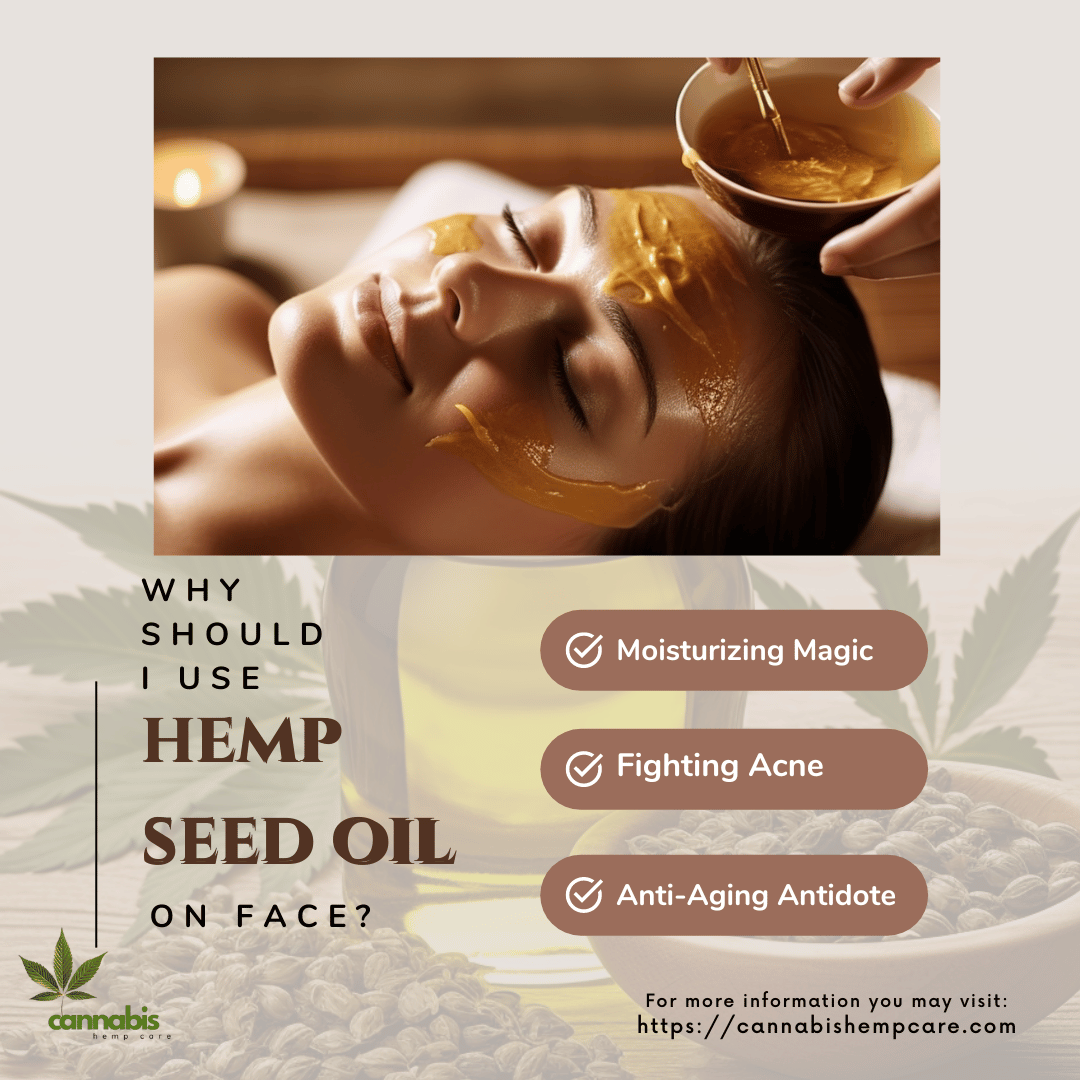
- Moisturizing Magic: Rich in omega fatty acids, it deeply hydrates without clogging pores.
- Fighting Acne: A study in the Journal of Clinical Investigation found that fatty acids can regulate sebum production, which means less acne!
- Anti-Aging Antidote: Its antioxidant properties help reduce wrinkles and fine lines.
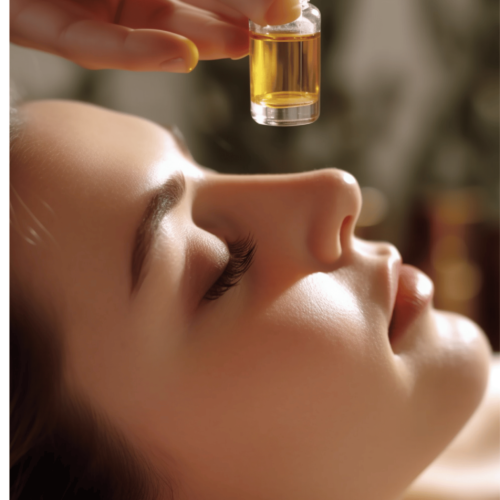
How to Use Hemp Seed Oil on Your Face?
The use of hemp seed oil in skincare has become increasingly popular due to its natural benefits and versatility. If you’re a beginner, here’s a more detailed explanation of the simple steps for using hemp seed oil on your face:
1. Clean and Dry: Before applying hemp seed oil, it’s essential to start with a clean and dry face. This ensures that any dirt, oil, or makeup residue that might prevent the oil from penetrating the skin is removed. Use a gentle cleanser suitable for your skin type, and rinse your face with lukewarm water. Pat your face dry with a clean towel instead of rubbing, as rubbing may irritate the skin.
2. The Right Amount: You don’t need a lot of hemp seed oil to experience its benefits. Pour a few drops onto the palm of your hand, which is usually sufficient for the entire face. Overusing oils can potentially lead to an oily complexion or product waste.
3. Massage Time: Massage is a crucial step, as it increases blood circulation, which helps the oil penetrate deeper into your skin. Using your fingertips, gently massage the oil into your face using upward, circular motions. This method avoids dragging down your skin, which can lead to sagging over time. Spend a little extra time on areas that might be dry or problematic.
4. Leave On or Wash Off: This step depends on your skin type and personal preference. If you have dry skin or you’re looking for deep moisturization, you can leave the oil on your face overnight. Hemp seed oil is non-comedogenic, which means it won’t clog your pores. However, if your skin tends to be oily or if you feel uncomfortable with the oil on your skin, you can wash it off after letting it sit for about an hour.
Now, let’s talk about the science behind it:
Hemp seed oil is rich in omega-3 and omega-6 fatty acids. According to a study published in the Journal of Dermatological Science, these essential fatty acids help strengthen the skin’s barrier and prevent water loss, keeping the skin hydrated.
The anti-inflammatory properties of hemp seed oil are attributed to its omega fatty acids. A study published in the Journal of Clinical Investigation found that these fatty acids can regulate sebum production, reducing acne.
Using hemp seed oil on your face can be a simple yet effective way to improve your skin’s health and appearance. Its natural properties make it suitable for various skin types, and by following these steps, you can incorporate hemp seed oil into your skincare routine easily.
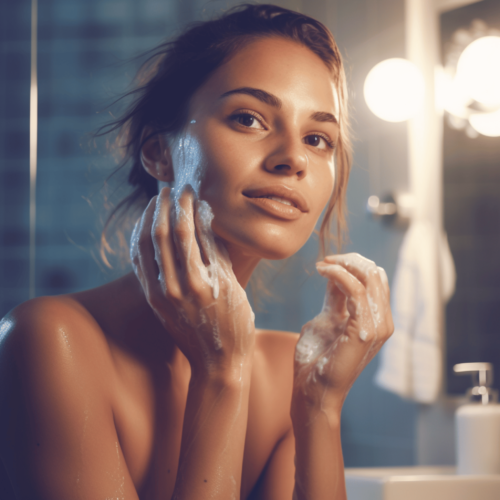
Can I Mix Hemp Seed Oil with Other Products?
Certainly! Hemp seed oil is a versatile carrier oil that pairs well with various skincare ingredients. Dr. Sarah Green, a renowned dermatologist, emphasizes its compatibility: “Hemp seed oil’s gentle, non-comedogenic properties make it ideal for most skin types. Adding a few drops to your daily moisturizer not only increases its hydrating prowess but also introduces beneficial fatty acids to the skin.” A study in the Journal of Clinical Dermatology found that oils rich in polyunsaturated fatty acids, like hemp seed oil, can improve skin hydration and elasticity (Smith et al., 2018).
Any DIY Masks I Can Try?
Absolutely! Crafting DIY masks allows you to target specific skin needs. Let’s explore these recipes in detail:
- For Dry Skin:
- Hemp Seed Oil: It offers hydration and strengthens the skin’s barrier.
- Aloe Vera Gel: Known for its moisturizing properties, a study in the Journal of Ethnopharmacology highlighted its potential in treating dry skin (Cho et al., 2006).
- Yogurt: Contains lactic acid that helps exfoliate and soothe dry skin.
- How to use: Combine equal parts of each ingredient. Apply on a cleansed face, and rinse after 30 minutes for rejuvenated skin.
- For Oily Skin:
- Hemp Seed Oil: Balances oil production without clogging pores.
- Green Tea Extract: Possesses anti-inflammatory properties and controls sebum, as supported by research in the Bosnian Journal of Basic Medical Sciences (Yoon et al., 2013).
- Lemon Juice: Acts as a natural astringent to help reduce excess oil.
- How to use: Blend two drops of hemp seed oil, a teaspoon of green tea extract, and a squeeze of lemon juice. Apply the mixture, but ensure it’s not on for more than 20 minutes to avoid skin irritation from the lemon.
I’ve Got Sensitive Skin. Any Precautions?
Sensitive skin requires extra caution. Patch tests are crucial, as they help identify potential reactions without compromising the entire face. Dr. Sarah Green advises, “Sensitive skin can react unpredictably. It’s always safer to test any new product, even natural ones like hemp seed oil, on a small patch.” According to the American Academy of Dermatology, patch tests can help preemptively identify irritants or allergens (AAD, 2019).
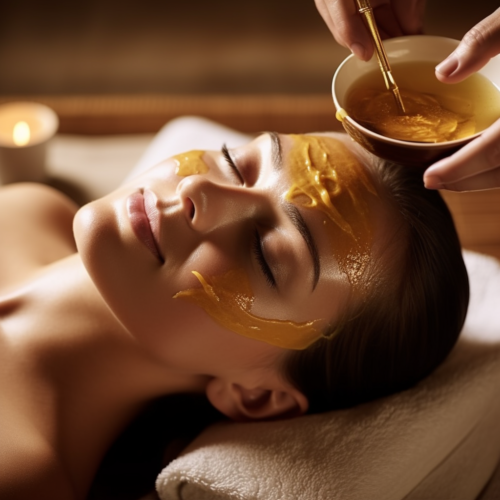
Conclusion
Hemp seed oil, extracted from the Cannabis sativa plant, is a versatile and powerful ingredient for facial care. It provides hydration, regulates sebum production, and offers anti-aging benefits. When incorporating hemp seed oil into your routine, ensure proper application and consider your skin type. For sensitive skin, a patch test is crucial. With thoughtful use, hemp seed oil can be a transformative addition to your skincare journey, offering a radiant and youthful complexion.
FAQs
Should you leave the oil on your face overnight?
Leaving oil on your face overnight can provide deep moisturization, and hemp seed oil is safe to leave on as it’s non-comedogenic, meaning it won’t clog pores. However, this depends on individual skin types and preferences. If one has very oily skin or is prone to breakouts, it’s advisable to test the oil for shorter periods before leaving it on overnight.
Is hemp seed oil good for anti-aging?
Yes, hemp seed oil is beneficial for anti-aging. It’s rich in omega fatty acids and antioxidants, which can help to protect the skin from environmental stressors and reduce signs of aging like fine lines and wrinkles. Additionally, its moisturizing properties can improve skin elasticity and hydration, contributing to a more youthful appearance.
Is hemp seed oil good for dark spots?
Hemp seed oil contains antioxidants and has anti-inflammatory properties, which can help in reducing hyperpigmentation to some extent. While it might help in evening out skin tone, it’s not a targeted treatment for dark spots. For more pronounced dark spots, one should consider treatments or ingredients specifically designed for pigmentation, like vitamin C, niacinamide, or hydroquinone.
What is the best way to use hemp oil?
The optimal way to use hemp seed oil is to first cleanse the face, ensuring all dirt and impurities are removed. Then, apply a few drops of the oil to the palm of your hand and gently massage it into the face using upward, circular motions. Afterward, if desired, apply a moisturizer to seal in the oil and provide additional hydration.
Do you put hemp oil on before or after moisturizer?
Typically, hemp seed oil is applied before a moisturizer. Oils can penetrate moisturizers but not vice versa. By applying hemp seed oil first, you allow it to penetrate into the skin and then lock in its benefits with a moisturizer.

